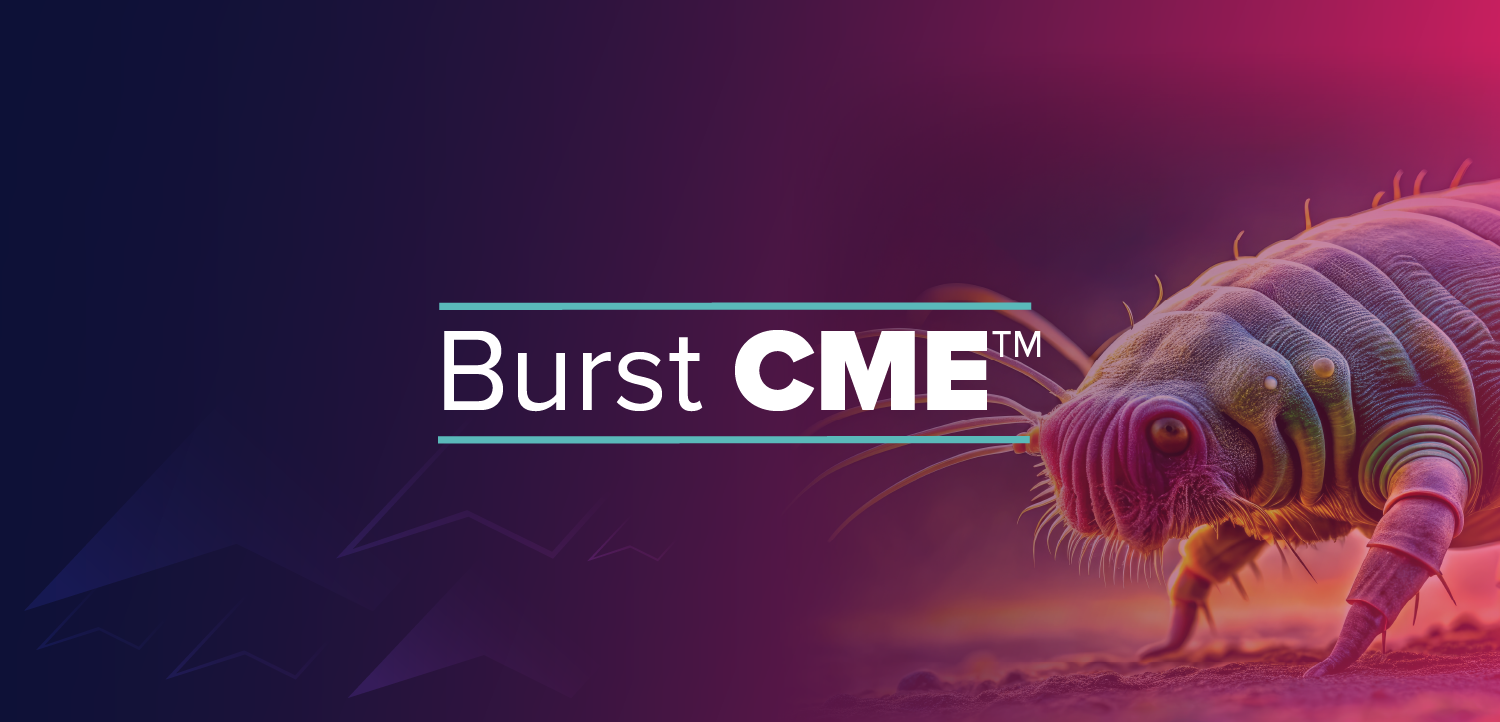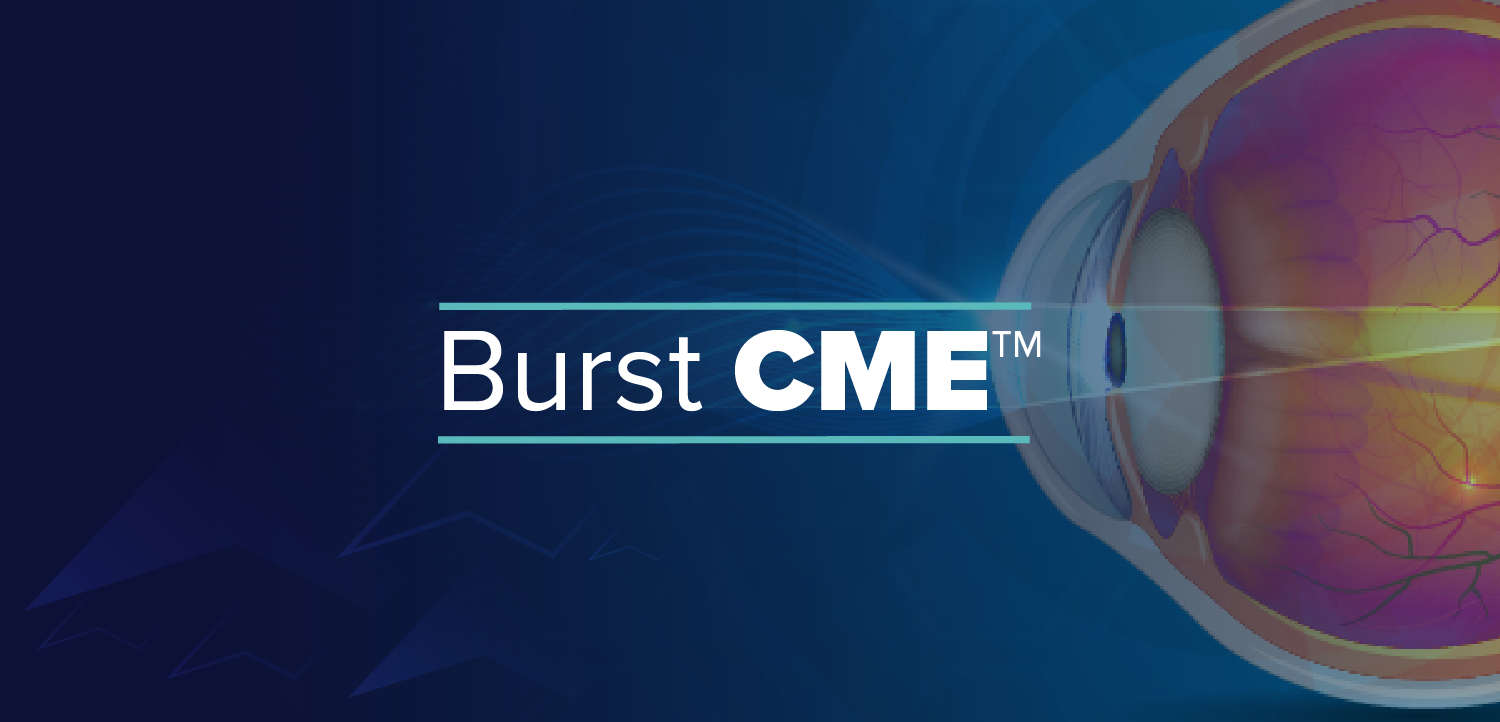Fine balance between corneal transparency and edema
Henry Edelhauser, PhD, received the Proctor Medal and delivered the Proctor Lecture at the annual meeting of the Association for Research in Vision and Ophthalmology (ARVO) on Monday.
May 3
- Fort Lauderdale, FL - Henry Edelhauser, PhD, received the Proctor Medal and delivered the Proctor Lecture at the annual meeting of the Association for Research in Vision and Ophthalmology (ARVO) on Monday. Dr. Edelhauser, director of research at the department of ophthalmology at Emory University, was honored with ARVO's highest honor for his groundbreaking work on the physiology of the corneal endothelium and for elegant translational research from basic science to clinical applications.
His lecture focused on the fine balance the eye maintains between corneal transparency and edema. He described the substances that affect the corneal endothelial cells, which maintain transparency, and those substances that contribute to the breakdown of the cells. Some substances that result in endothelial cell decompensation are solutions with low calcium levels, ph below 6.8 or above 8.2, solutions with low osmolarity, toxic detergents, and diseases such as Fuchs' dystrophy.
"Corneal transparency is an interesting phenomenon. The corneal endothelium is a very important tissue in maintaining corneal transparency by maintaining its barrier and the metabolic pump. Loss of either of the metabolic pump or the barrier function results in corneal edema and loss of transparency," Dr. Edelhauser said.
Newsletter
Don’t miss out—get Ophthalmology Times updates on the latest clinical advancements and expert interviews, straight to your inbox.















































.png)


